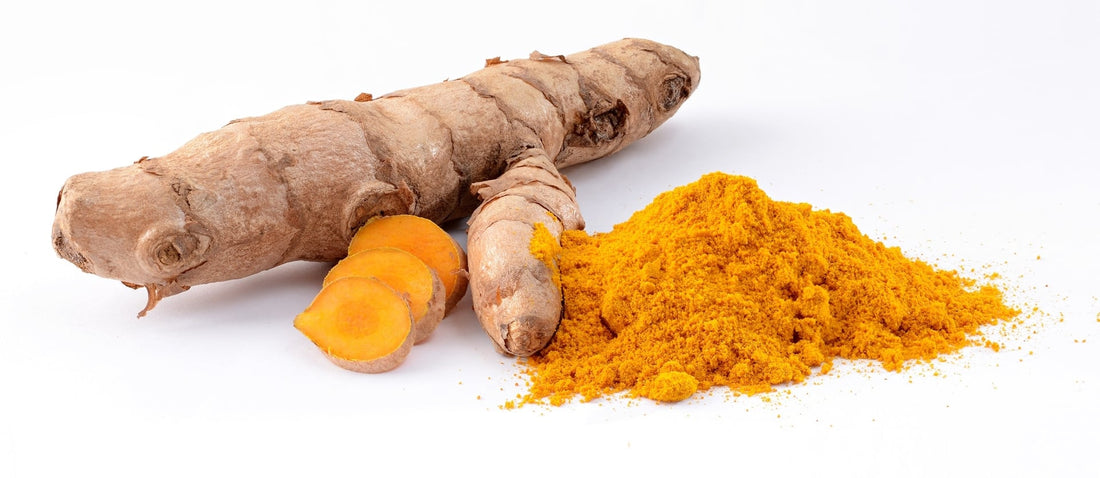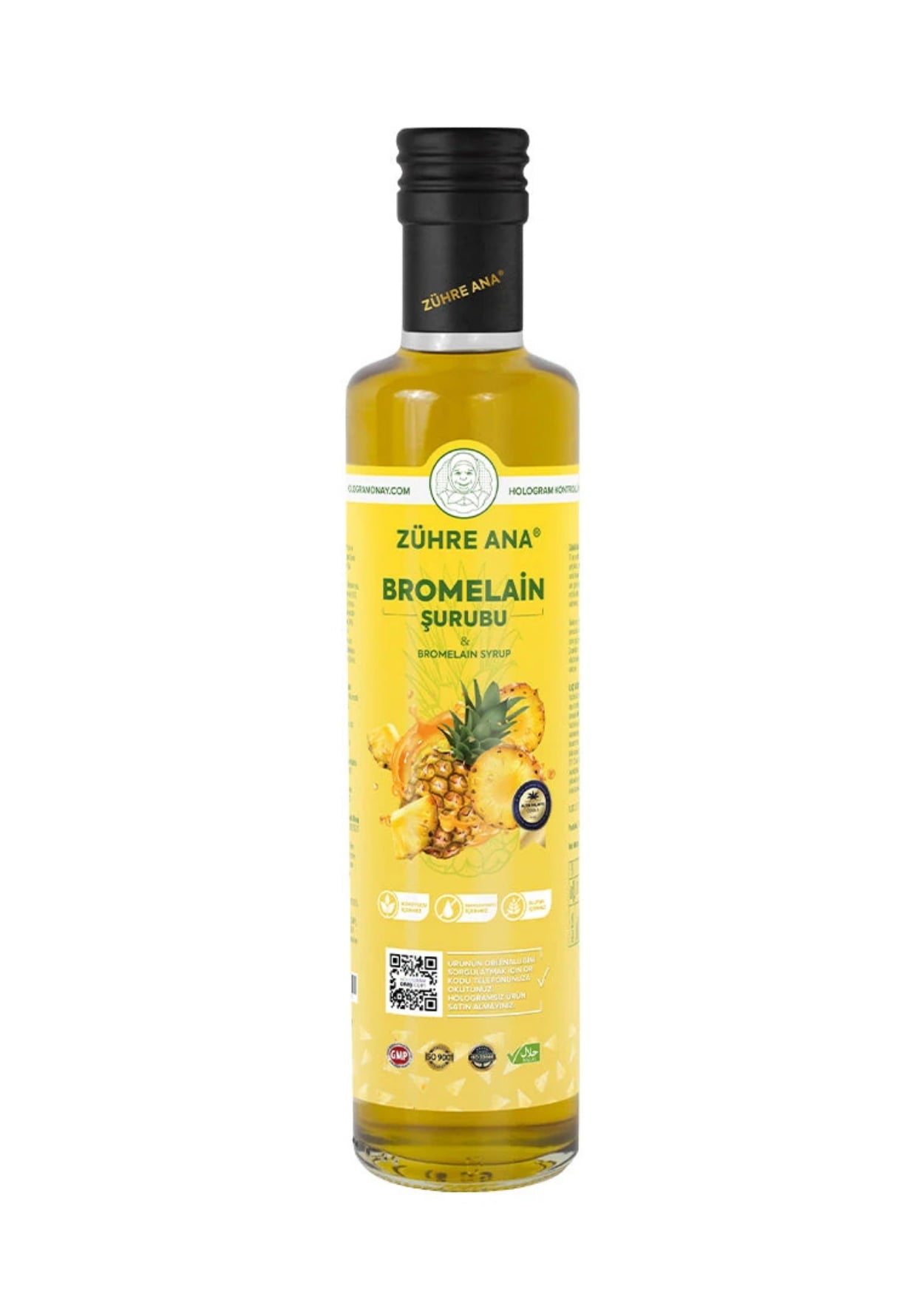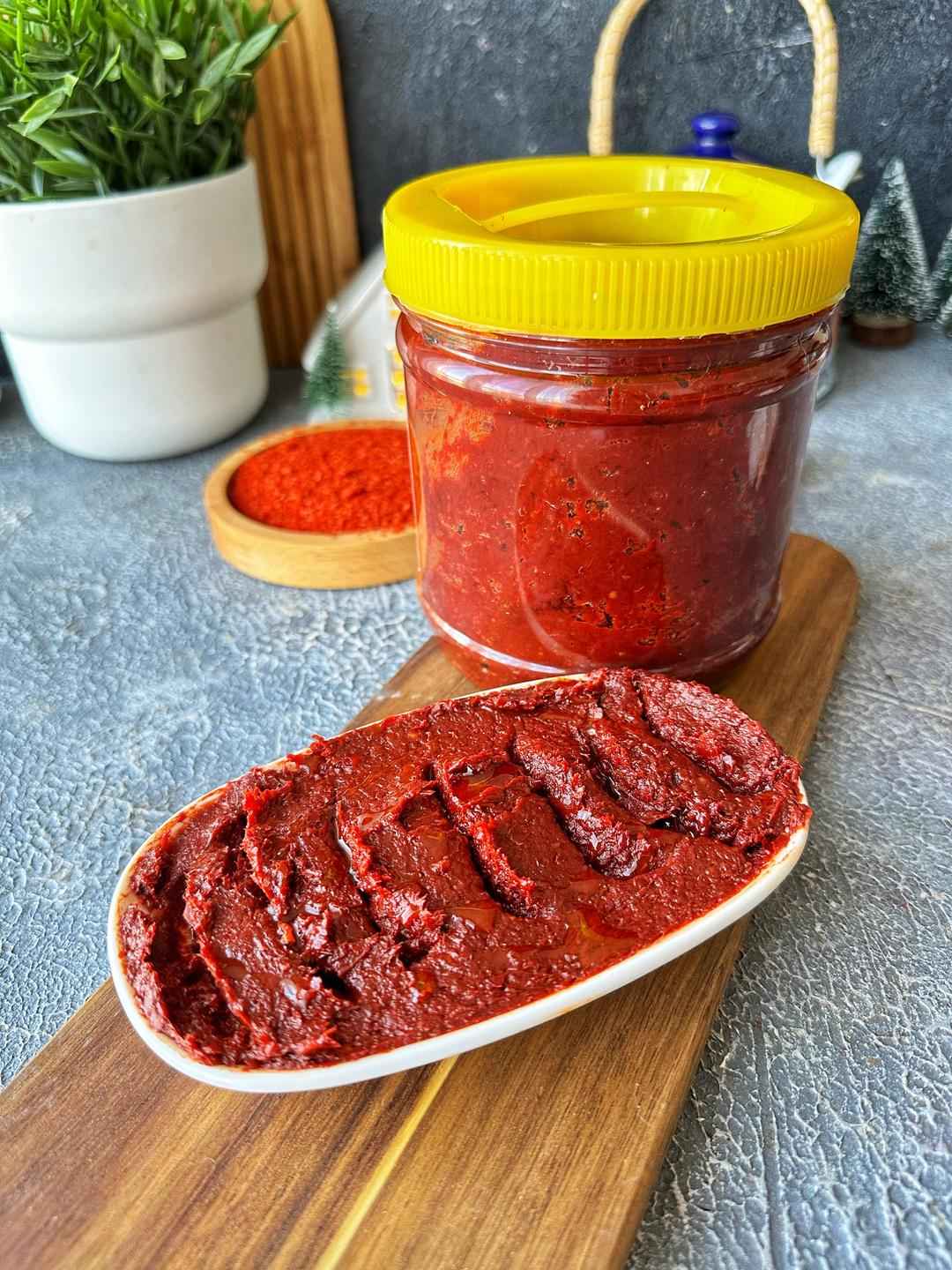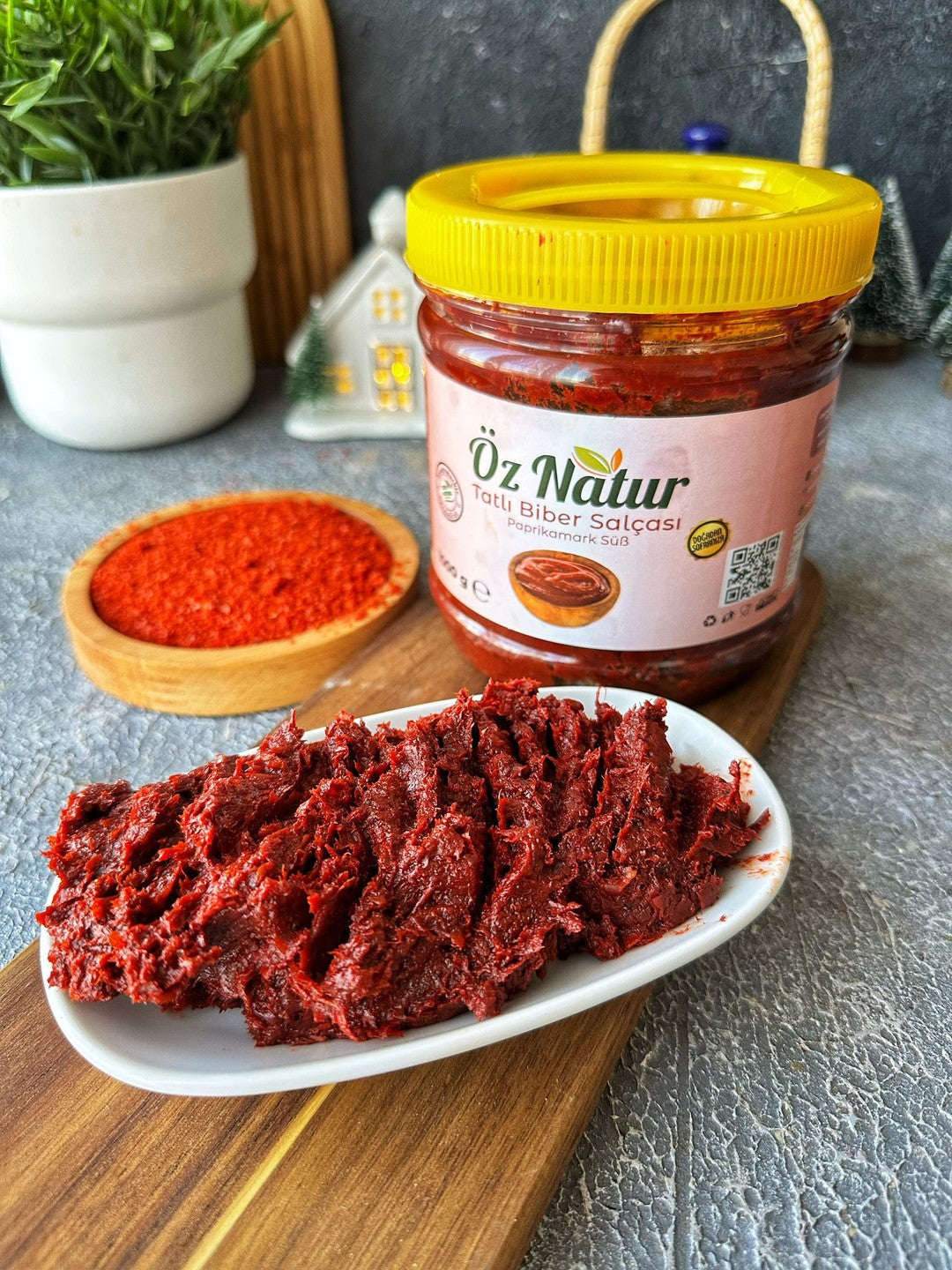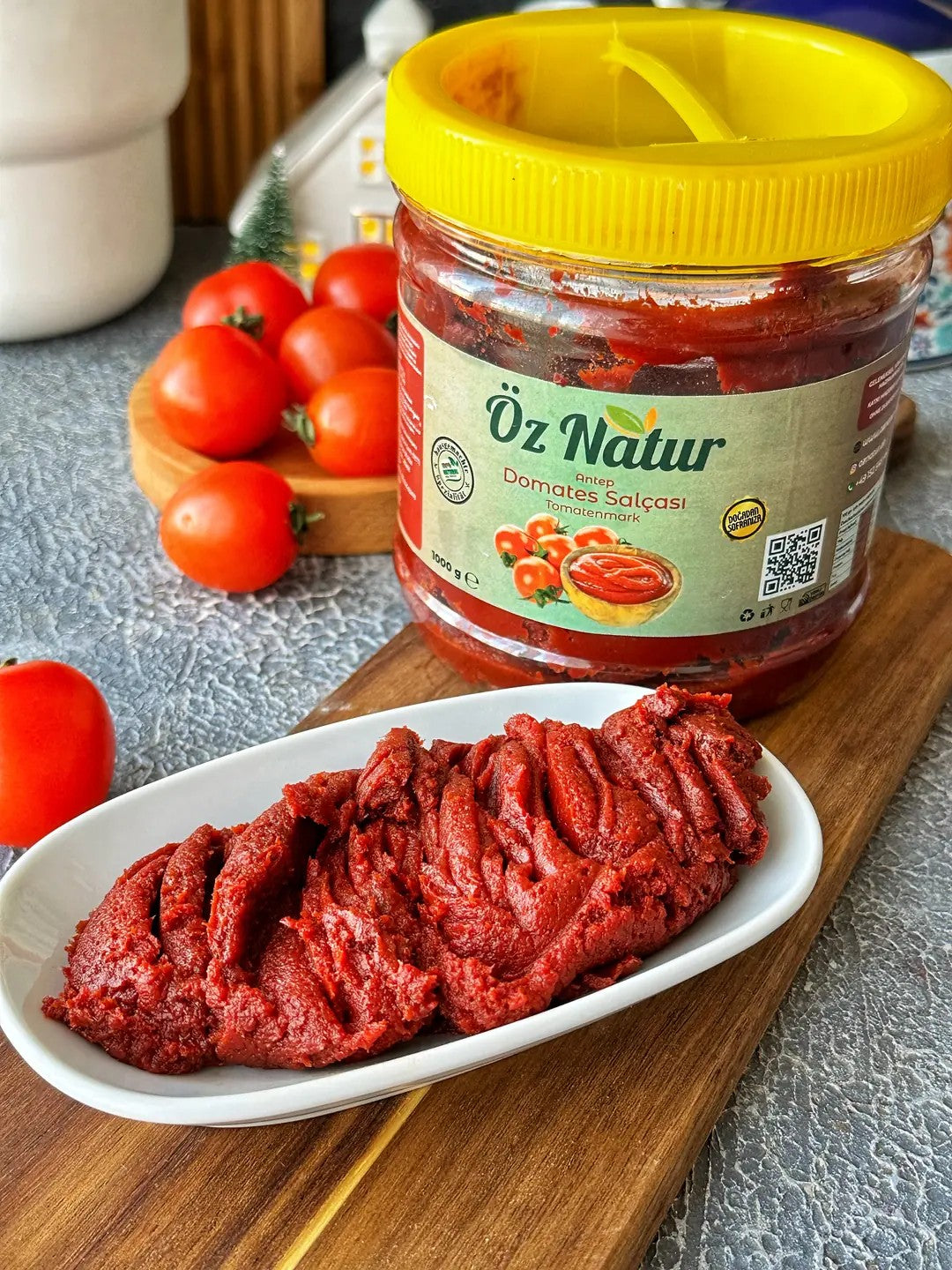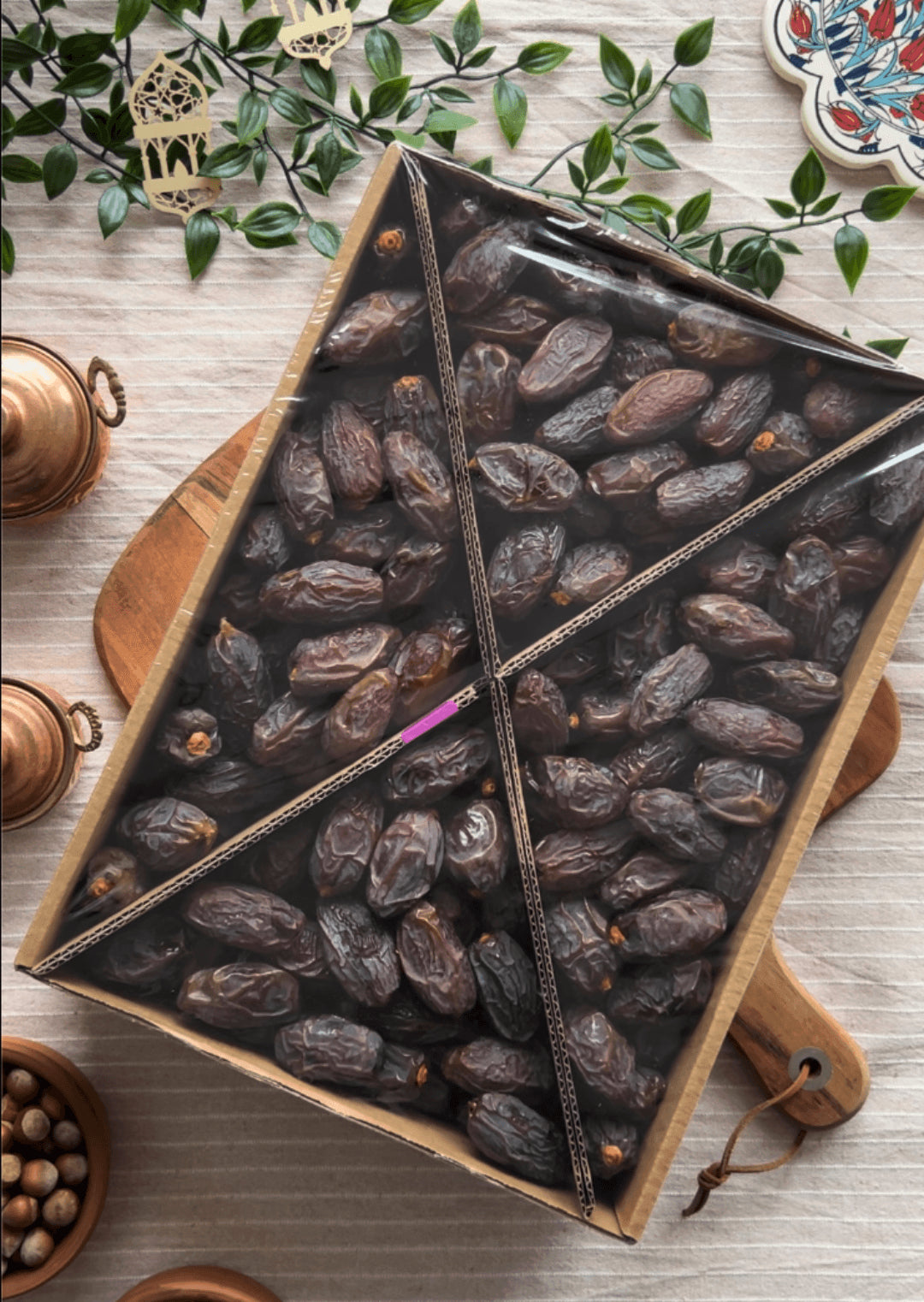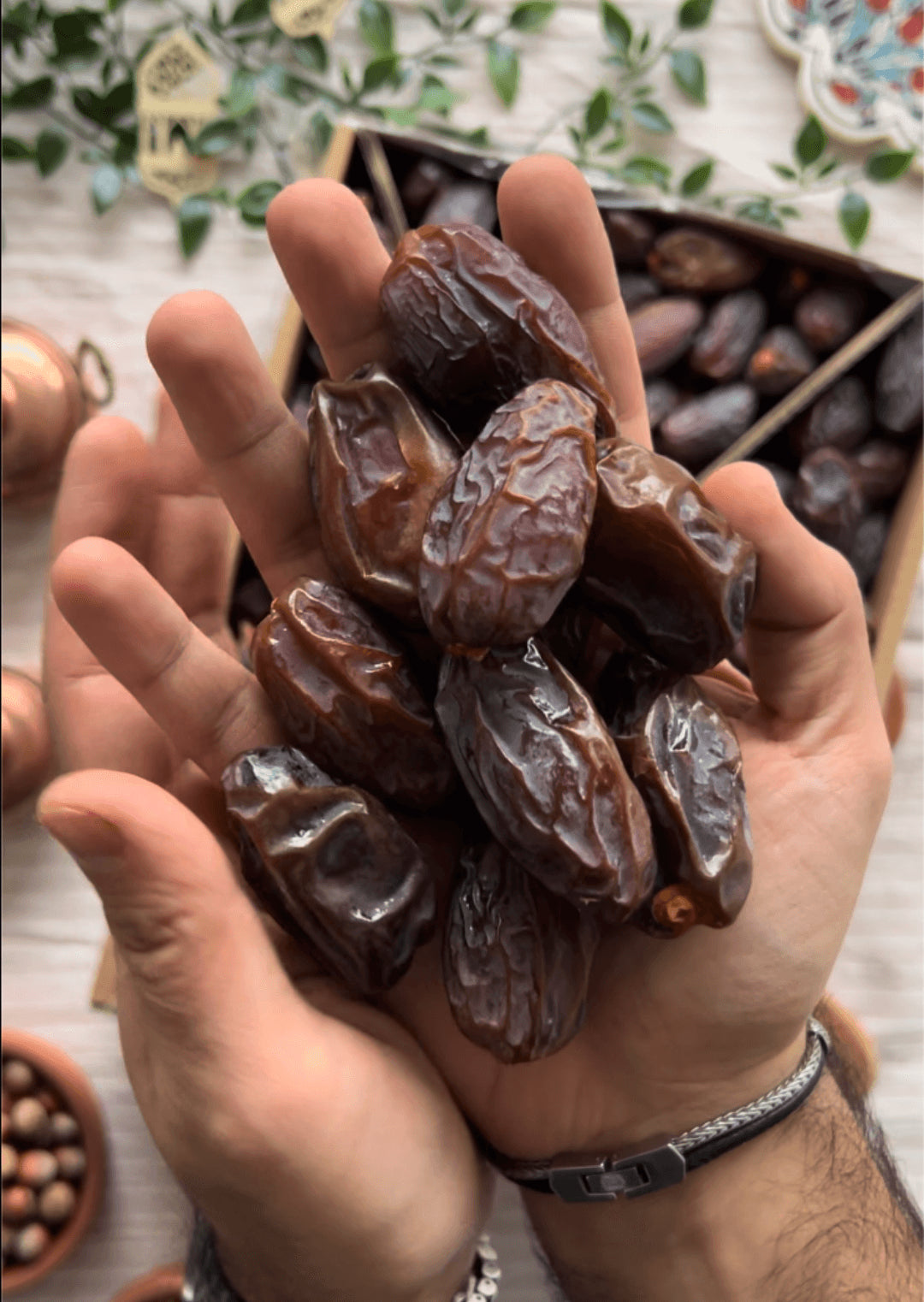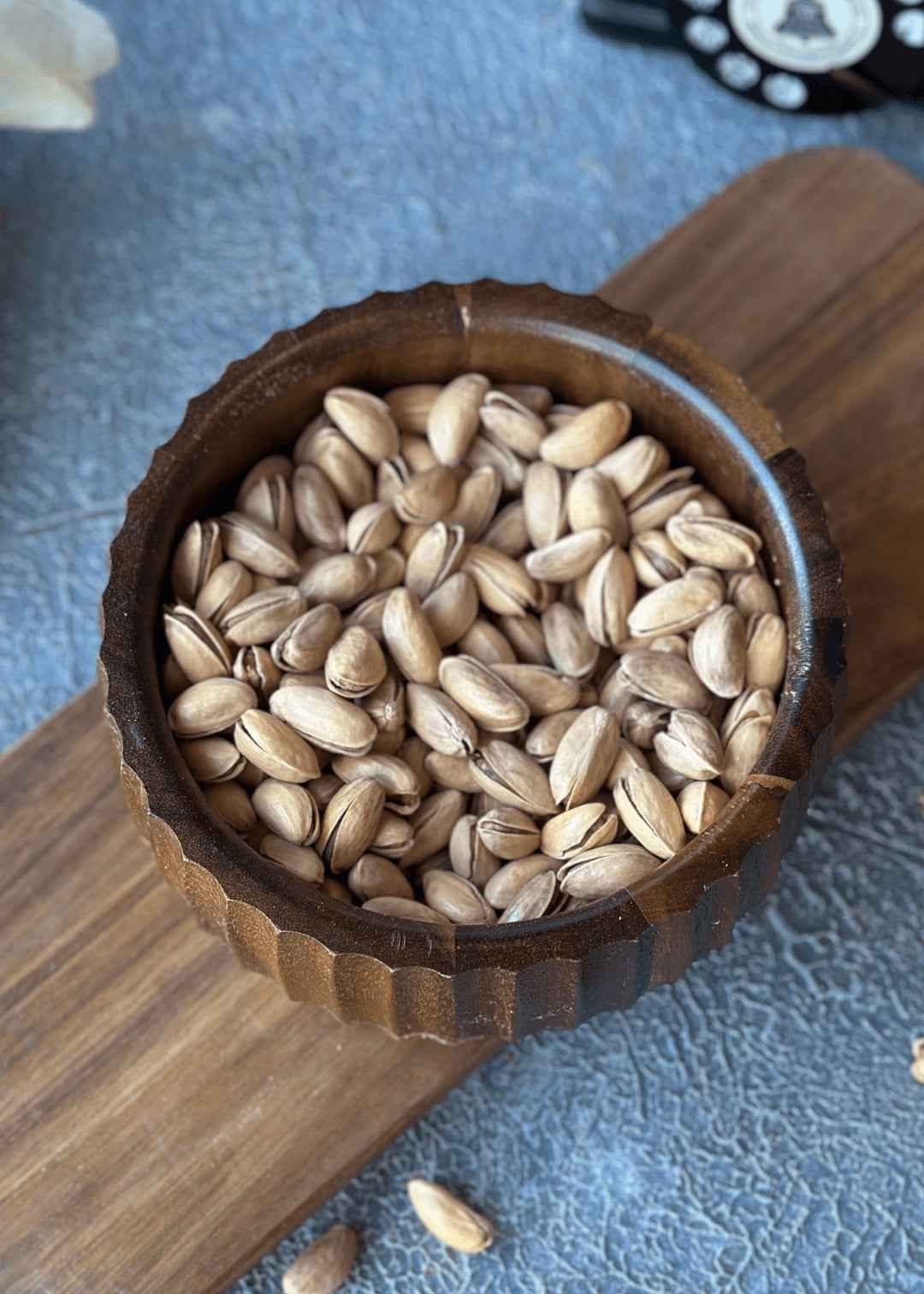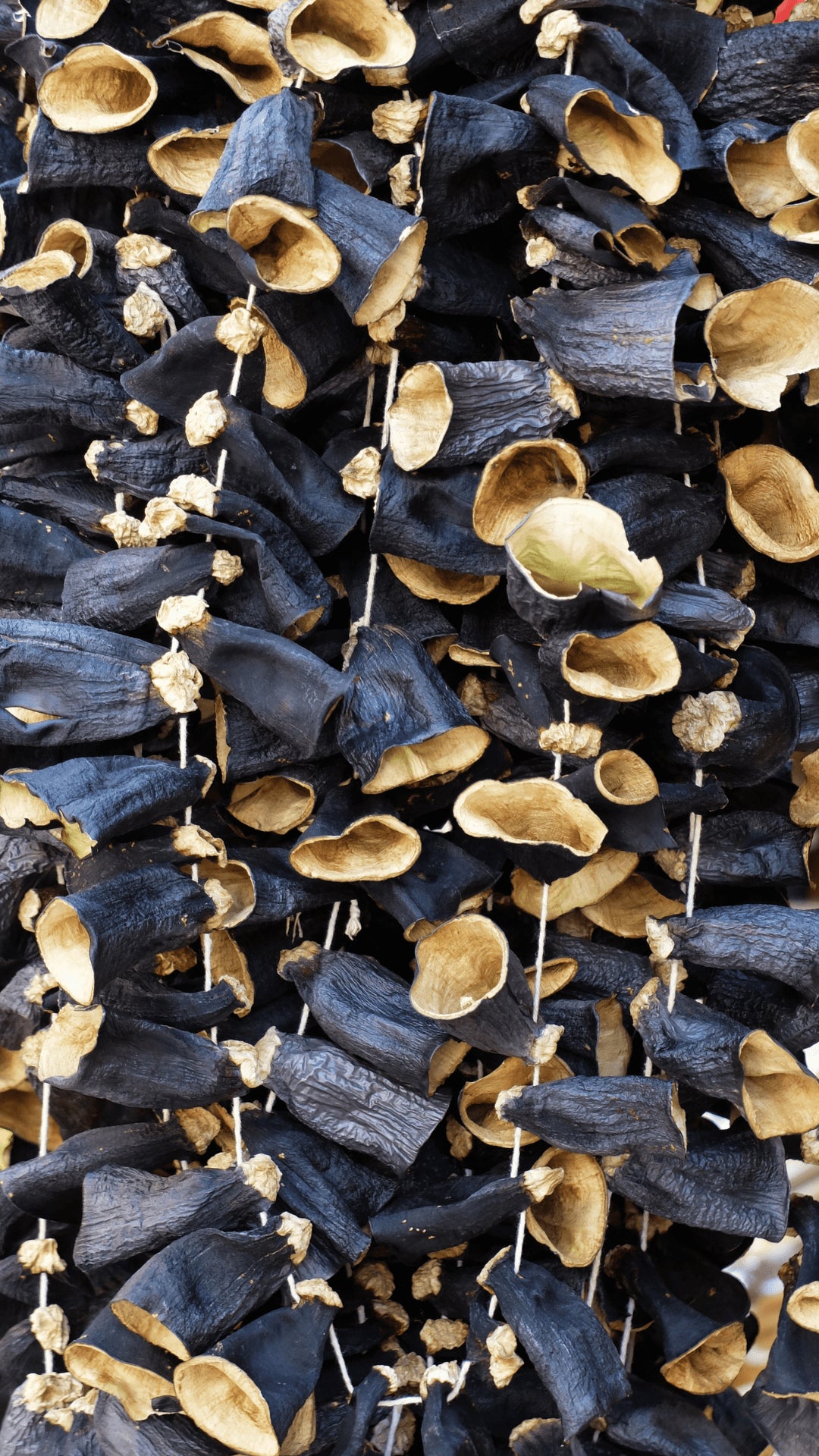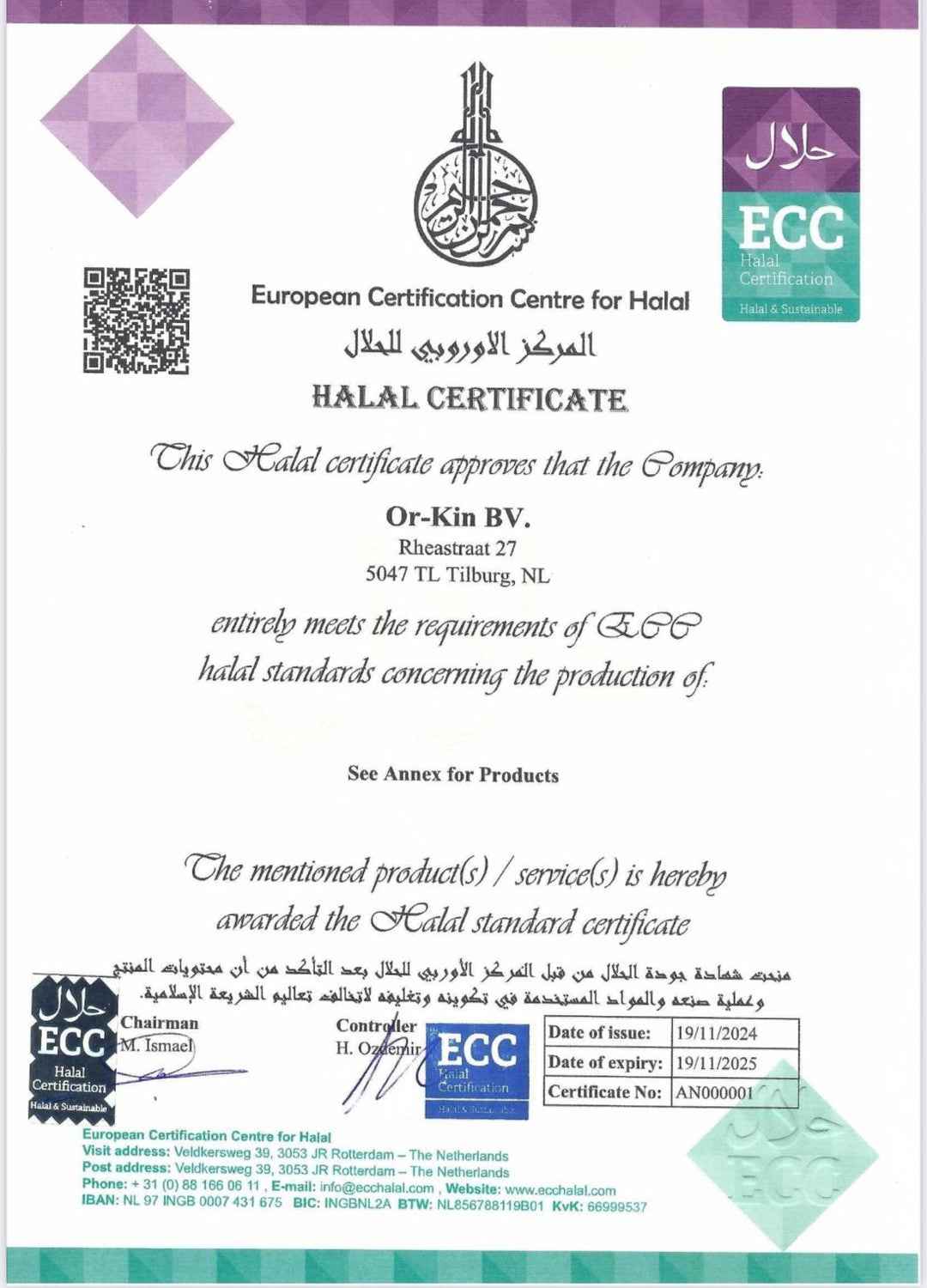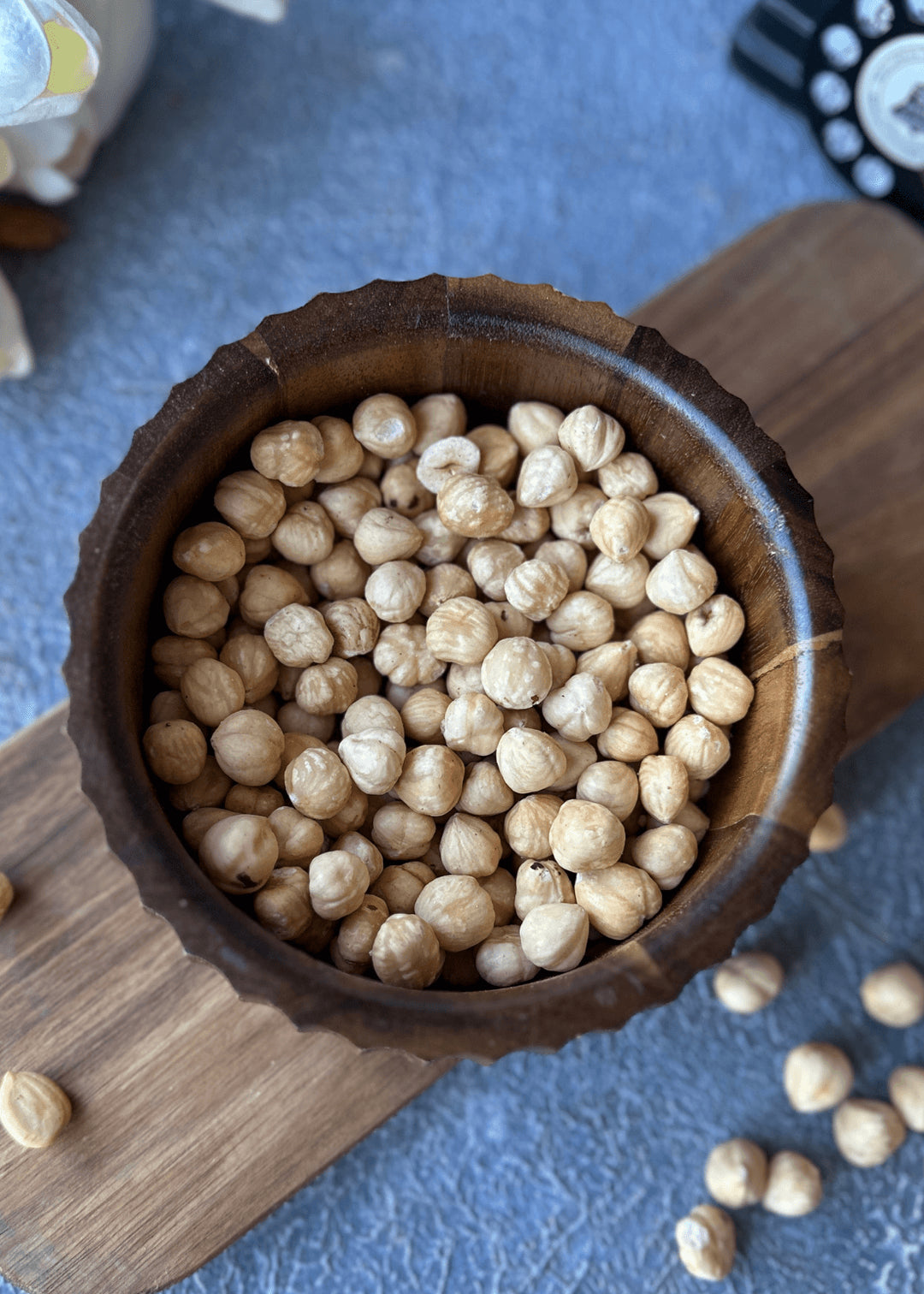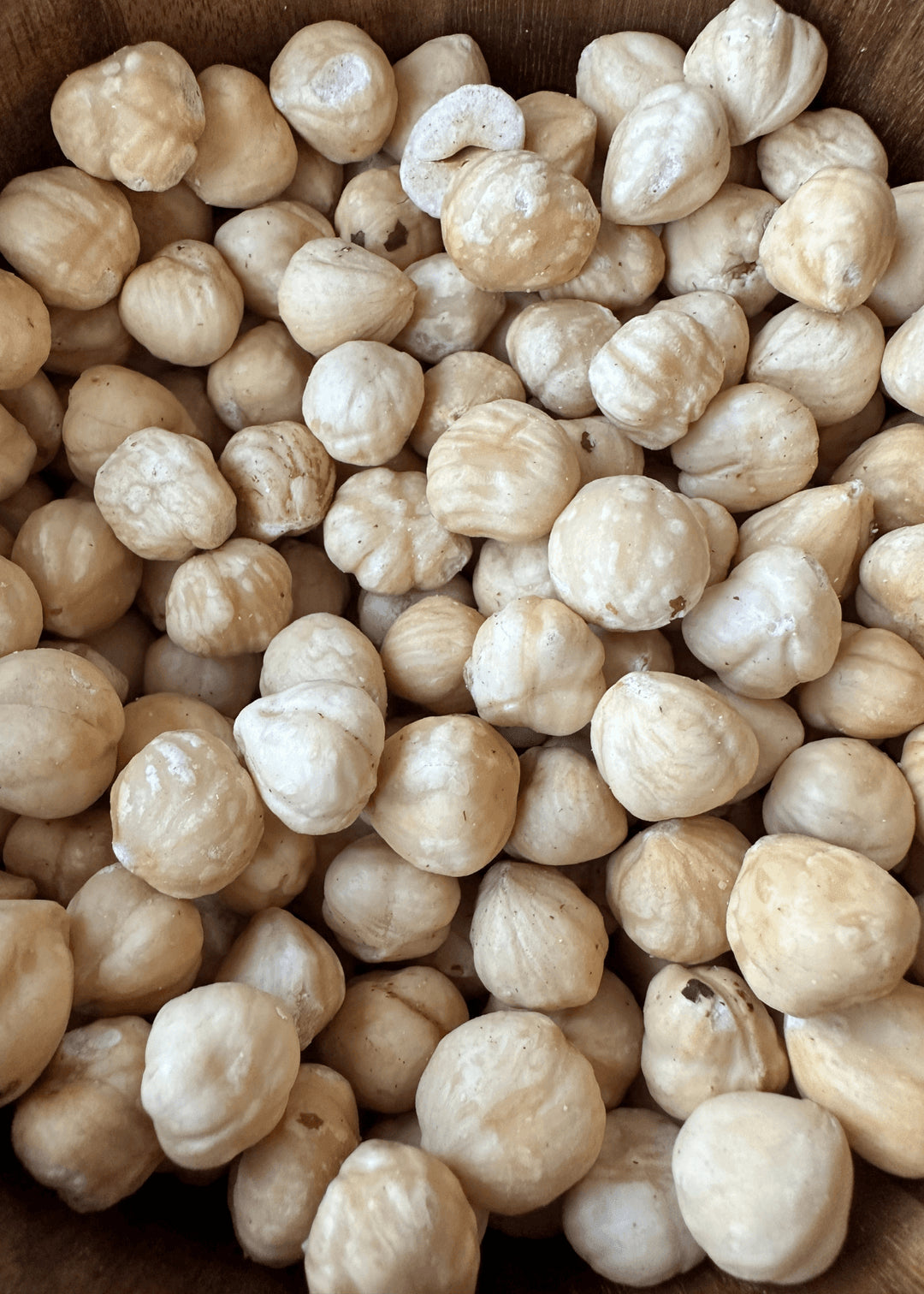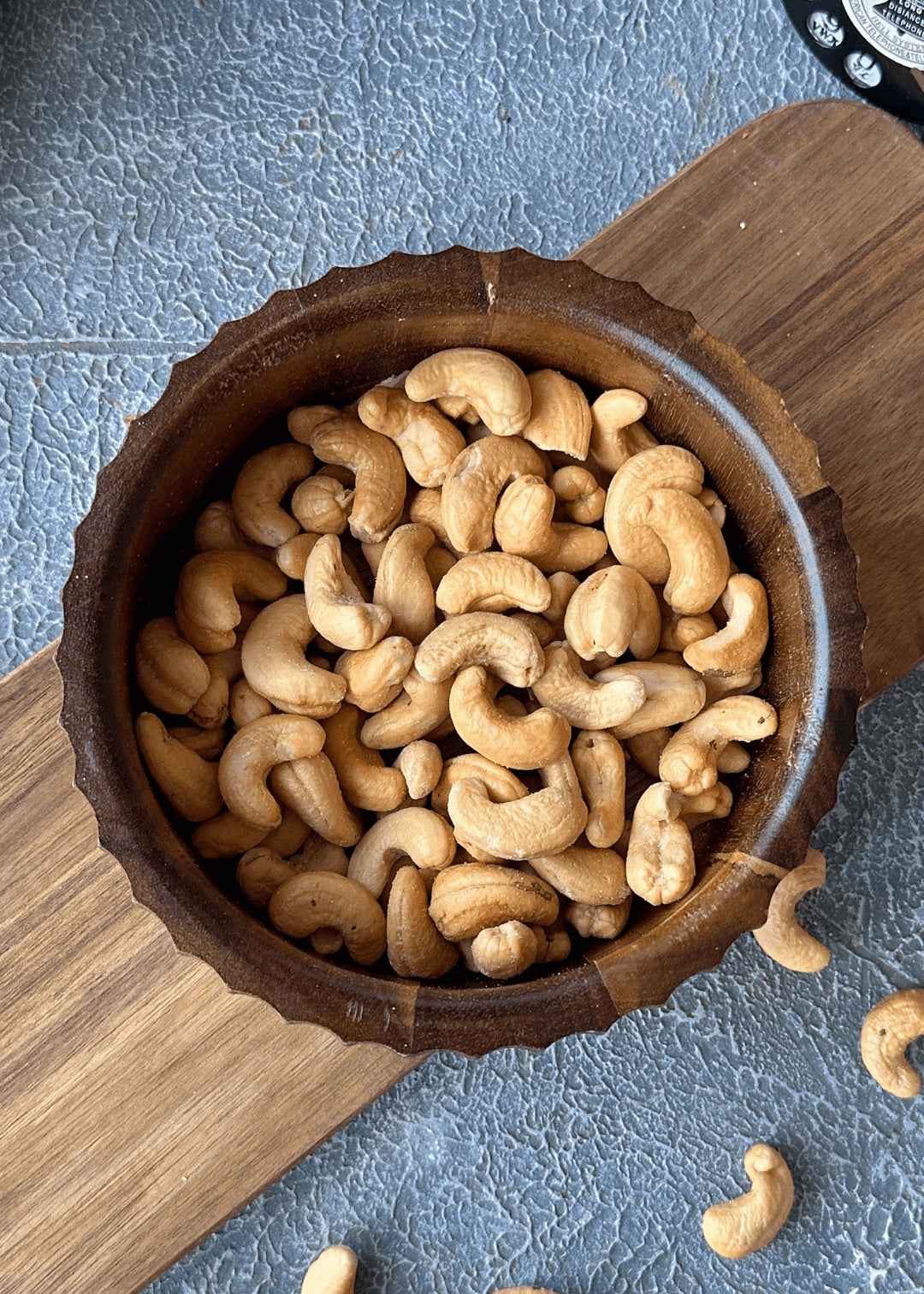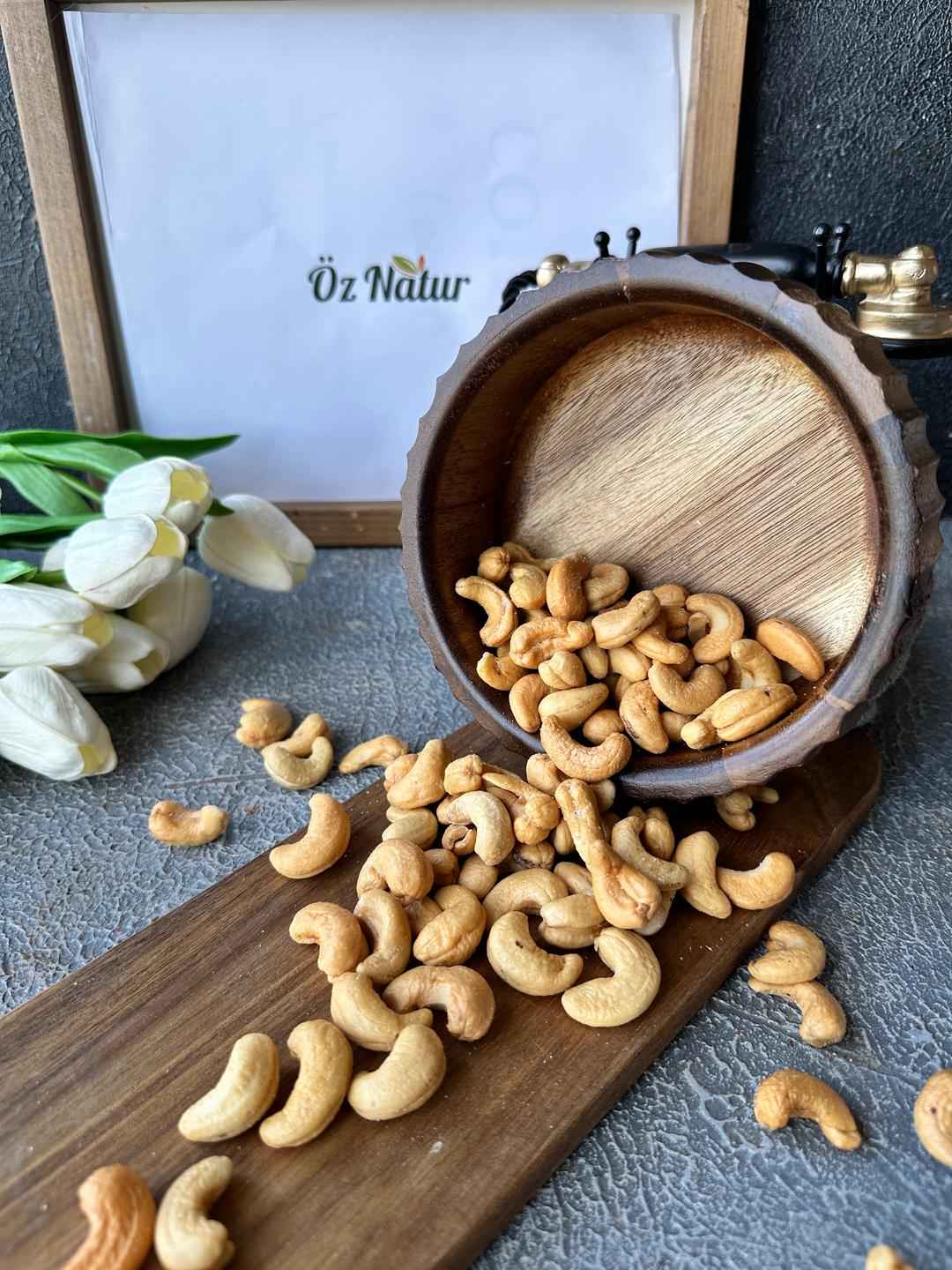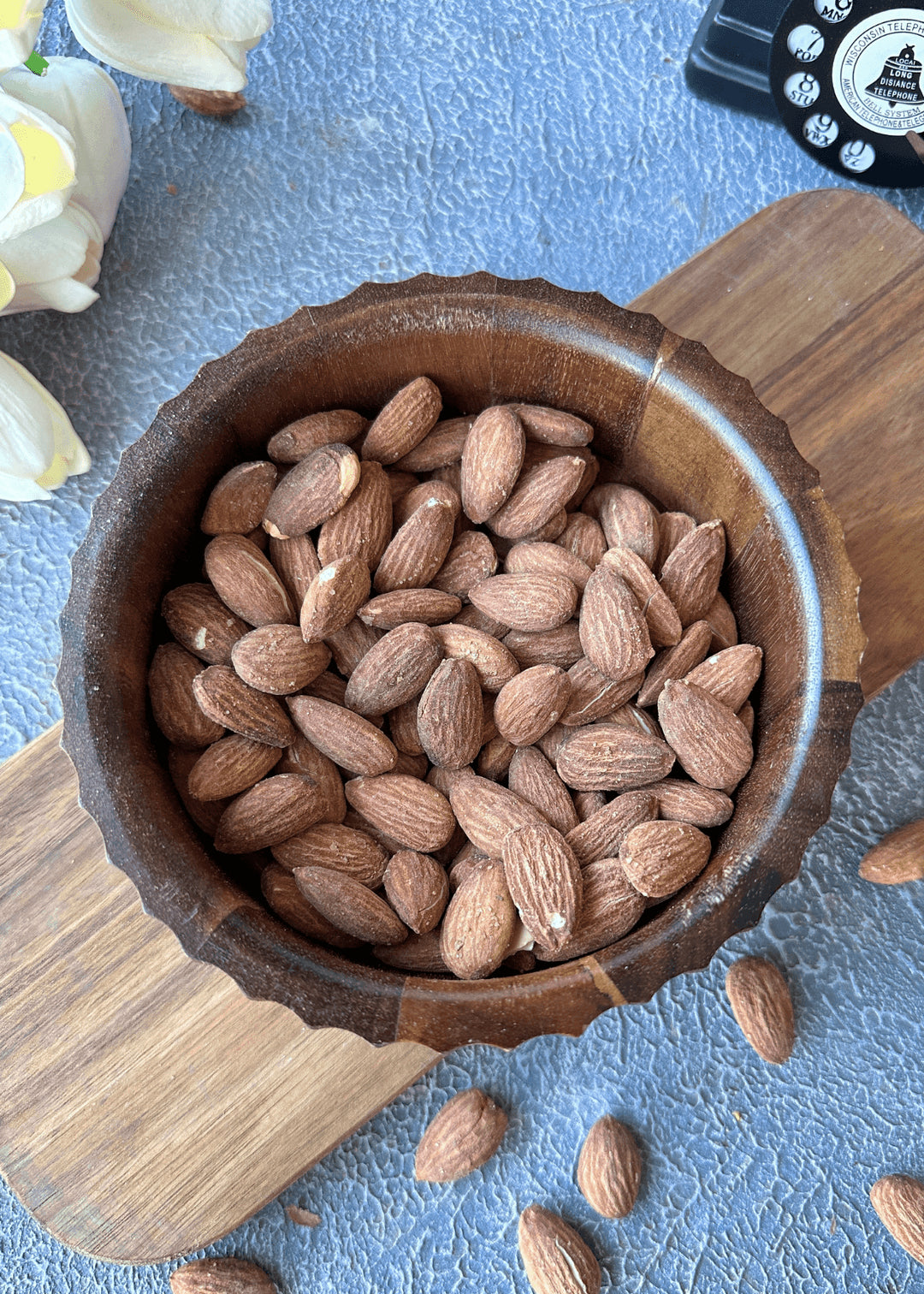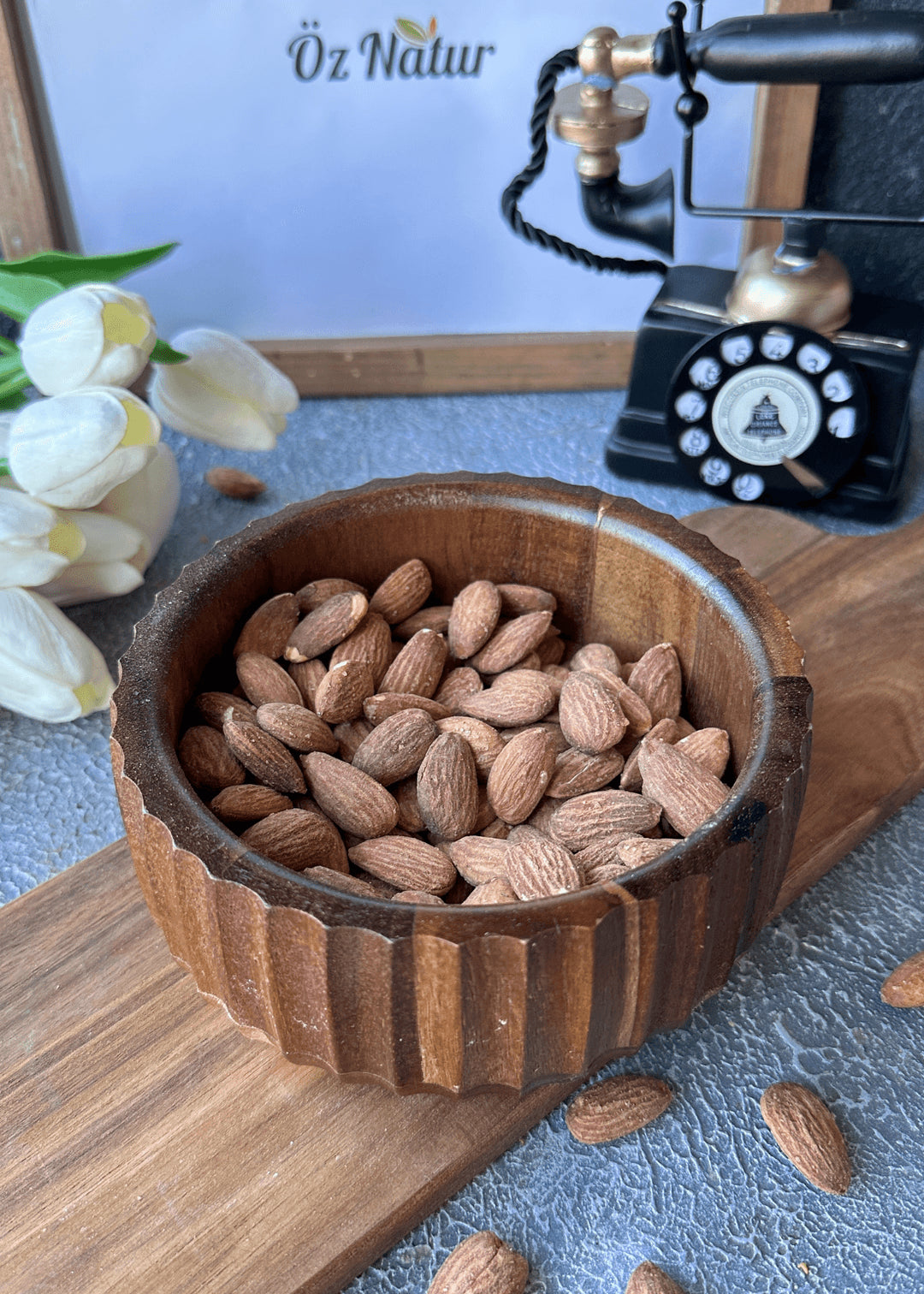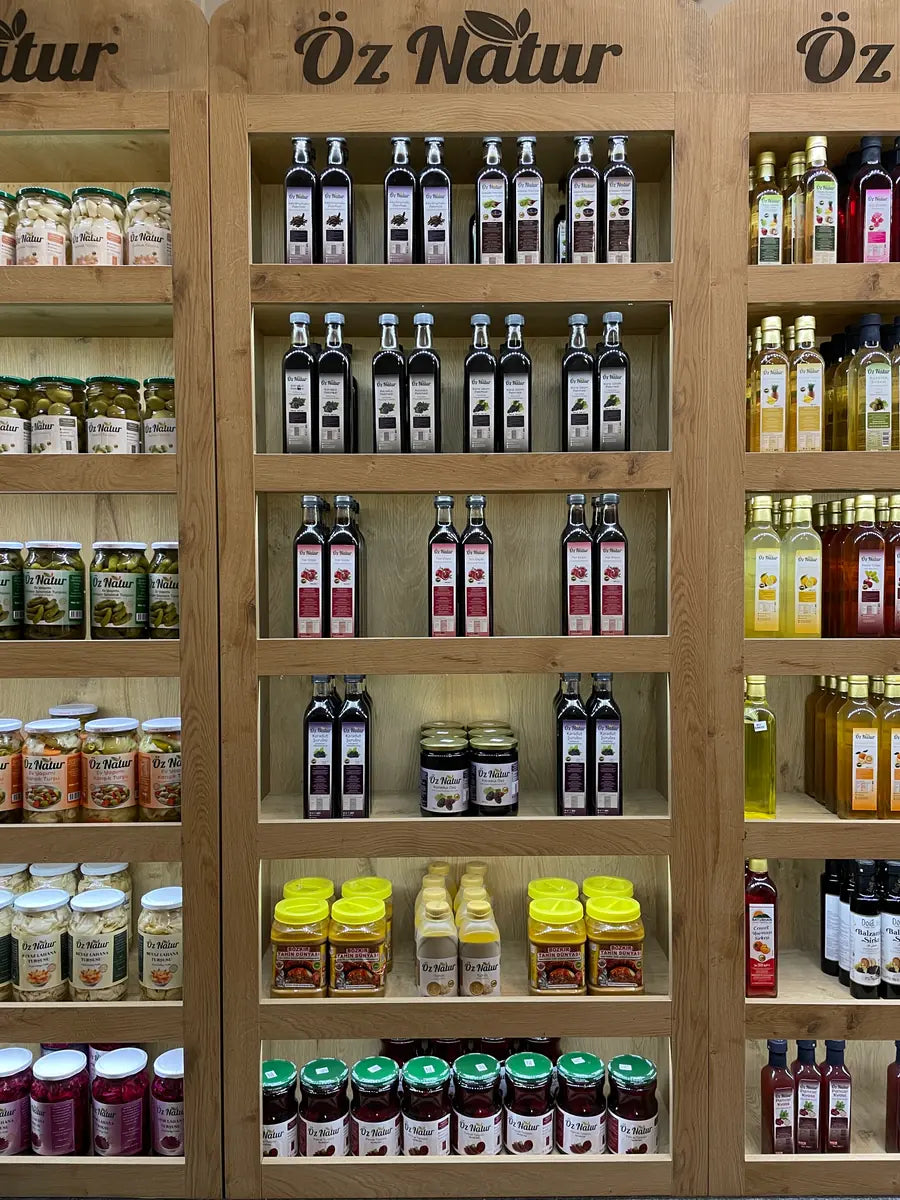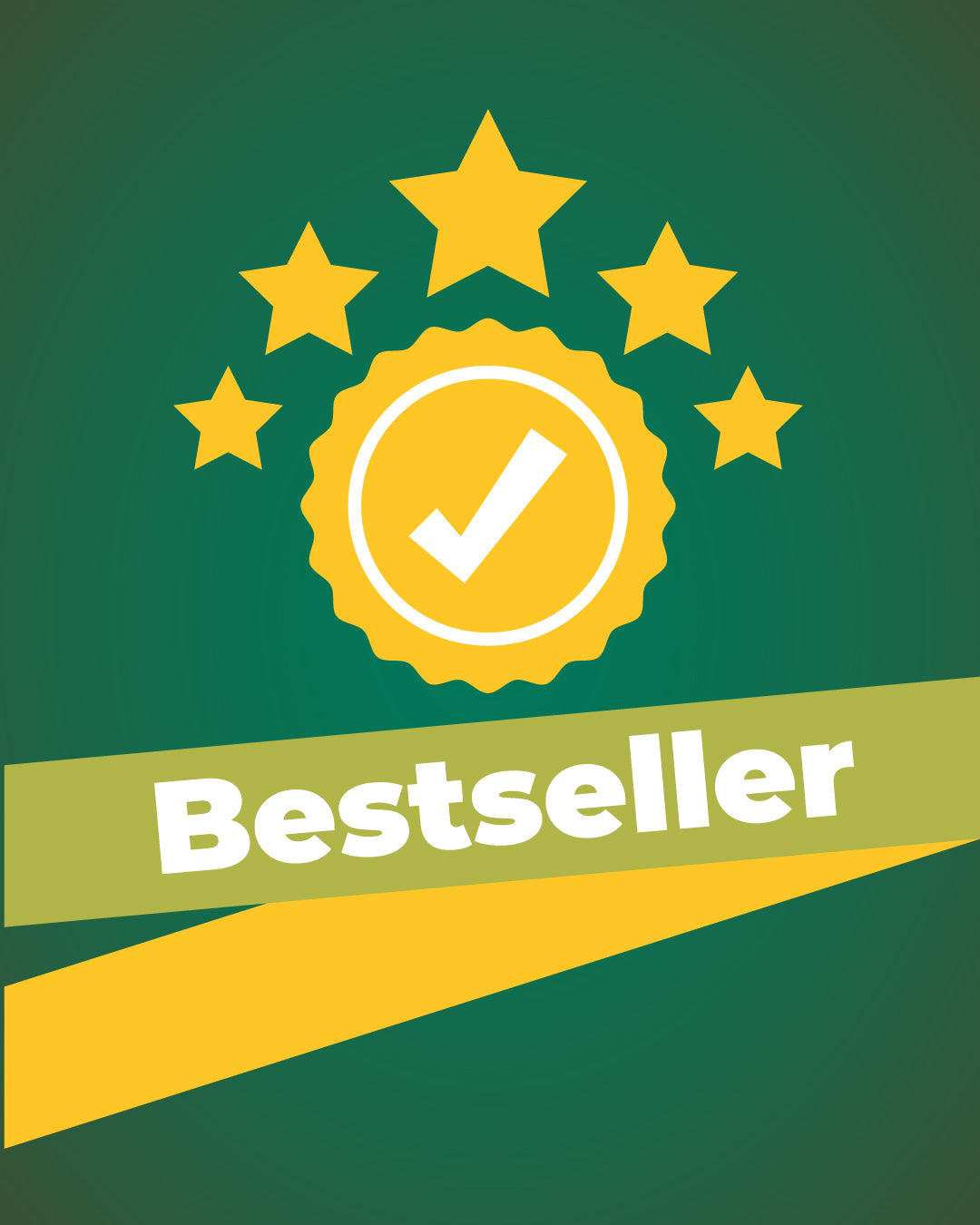Propolis is a sticky, resinous material collected by bees from tree buds, sap flows, and other botanical sources. Bees mix it with enzymes to create a compound used to seal and reinforce the hive’s internal structure. Within the hive, it helps create a stable and clean environment by covering small gaps and surfaces.
What is Propolis Used For?
In beekeeping, propolis plays a functional role in maintaining the structural integrity of the hive. Its sticky texture helps close small openings, while its dense coverage provides a natural barrier against external particles. Outside the hive, propolis is processed and offered in various formats for personal use, depending on the intended application and user preference.
How to Use Propolis
Propolis is available in several product forms, each suited to different methods of use:
- Liquid drops: Often mixed with other liquids like water or honey.
- Sprays: Typically used for direct application in the mouth or throat area.
- Capsules or tablets: Offered in pre-measured doses for convenience.
- Topical creams or balms: Designed for external skin application.
Follow the usage instructions on the product label for best results, and adjust based on personal needs and routine.
Which Age Groups Can Use Propolis?
Propolis products are commonly formulated for adults. Children over the age of 4 may use propolis-based items that are specifically designed for younger users. It is not recommended for use in infants. Pregnant or breastfeeding individuals are advised to review product suitability before use.
What to Consider When Using Propolis
- People with known sensitivity to bee-related products should be cautious.
- First-time users may test a small amount to check for personal tolerance.
- Ensure products are sourced from verified, reputable suppliers for consistent quality.
- Taking propolis with or after food may reduce the chance of digestive discomfort.




